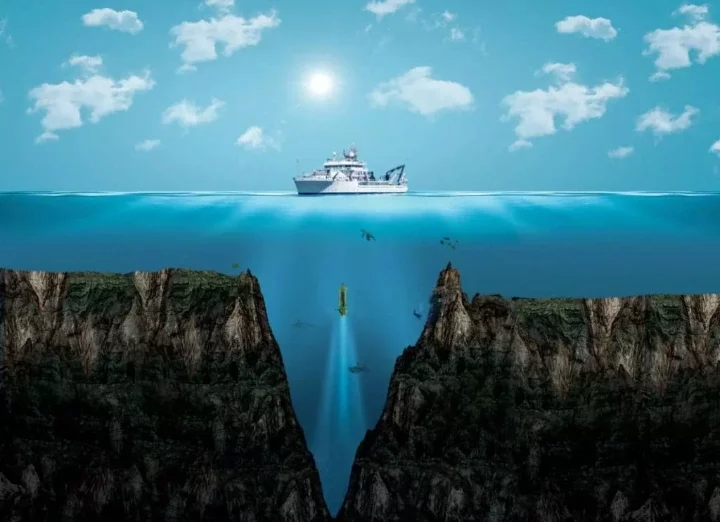
The Bermuda Triangle, often referred to as the "Devil's Triangle," has captured the human imagination for decades, shrouding itself in a veil of mystery and intrigue. This enigmatic stretch of ocean, bounded by Miami, Bermuda, and Puerto Rico, has been the source of countless legends and myths, with tales of ships and aircraft vanishing without a trace. But beneath the mystique lies a deeper, more human story that seeks to unravel the secrets of this perplexing region.
The Bermuda Triangle encompasses approximately 500,000 square miles of the Atlantic Ocean, where over the years, numerous vessels and aircraft have reportedly disappeared. From the early 20th century to more recent incidents, the allure of the Bermuda Triangle has led many to speculate on paranormal activities, extraterrestrial encounters, and even underwater city ruins. However, a closer look reveals that science and rational explanations can dispel some of the more fantastical theories.
The most plausible explanation for the mysterious occurrences in the Bermuda Triangle is its unique convergence of natural phenomena. The region is known for unpredictable and violent weather patterns, including sudden storms and thick fogs that can disorient pilots and sailors. The Gulf Stream, a powerful warm ocean current, runs through the area, which can create treacherous conditions for navigation. Human error, equipment failure, and navigational mistakes can all contribute to the incidents that have taken place in the Triangle.
One of the most famous disappearances linked to the Bermuda Triangle is Flight 19, a group of five U.S. Navy bombers that vanished in 1945 during a training exercise. The story is often cited as evidence of the Triangle's supernatural powers. However, further investigation reveals that the squadron's leader, Lieutenant Charles Taylor, may have been disoriented due to a malfunctioning compass, leading the planes off course and into the open ocean.
The Bermuda Triangle's allure can also be attributed to the media's role in amplifying its mysteries. Sensationalized stories and the desire for sensational headlines have contributed to the Triangle's reputation as a deadly enigma. In reality, the Triangle's rate of incidents is not significantly higher than any other heavily traveled region of the ocean.
Despite the enduring fascination with the Bermuda Triangle, it's essential to remember that these incidents involve real people - sailors, pilots, and passengers who tragically lost their lives. Humanizing the story means focusing on the human factors: the courage of those who risked their lives in the pursuit of exploration and adventure, the families left behind, and the search and rescue efforts to locate the missing.
The Bermuda Triangle continues to capture our imagination, but as we peel away the layers of mystery, we find that the real story lies not in the supernatural, but in the intersection of human ambition, nature's unpredictability, and the enduring human need to explore the unknown. It's a place where fact and fiction intertwine, reminding us that even in our technologically advanced world, the mysteries of the deep blue sea can still captivate our hearts and minds.

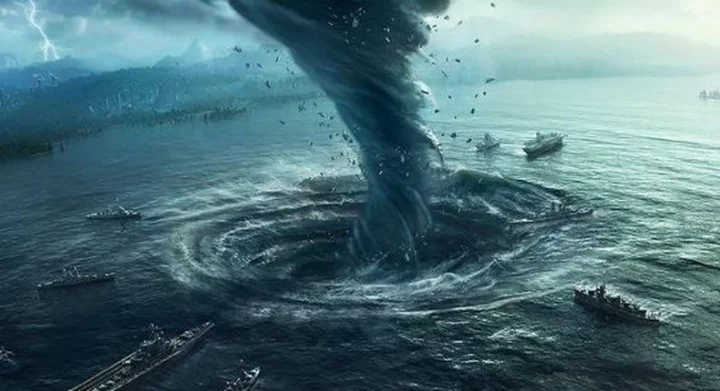

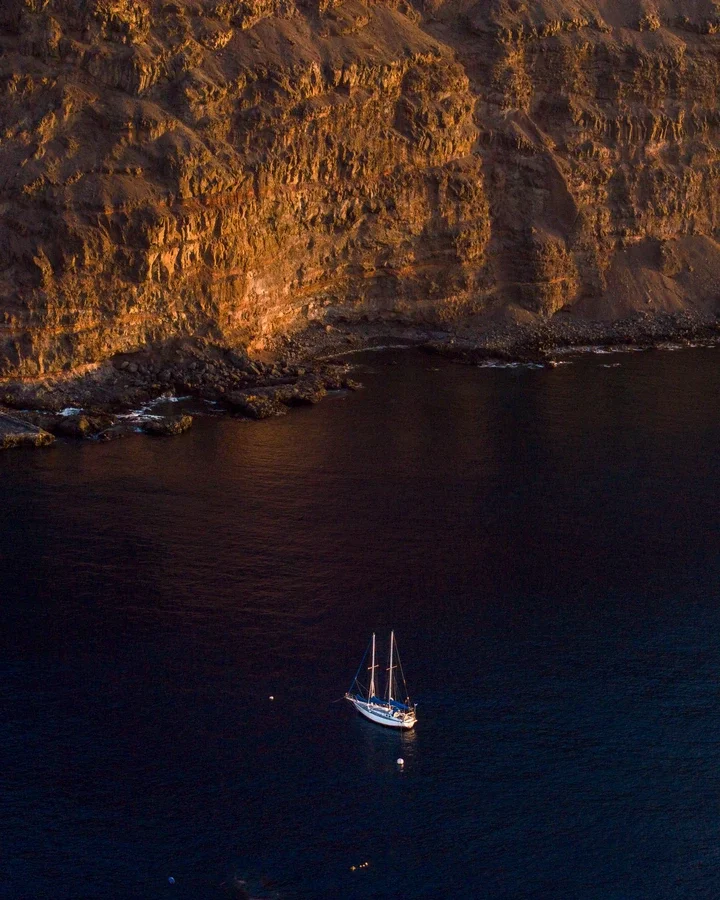


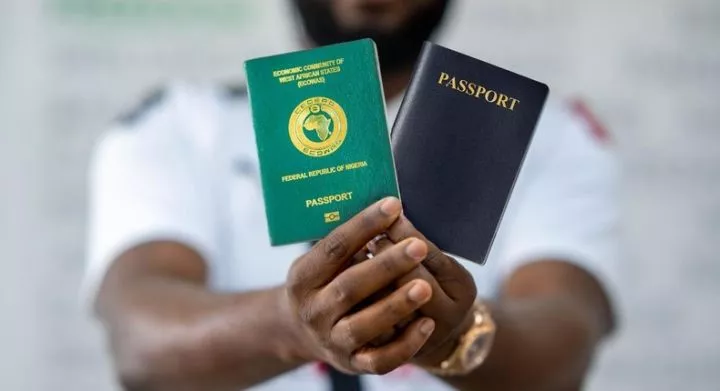

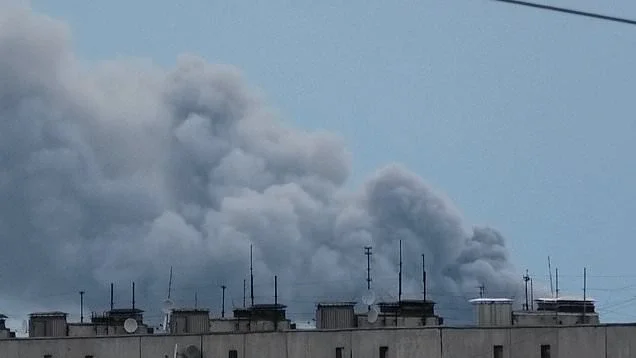








Comments